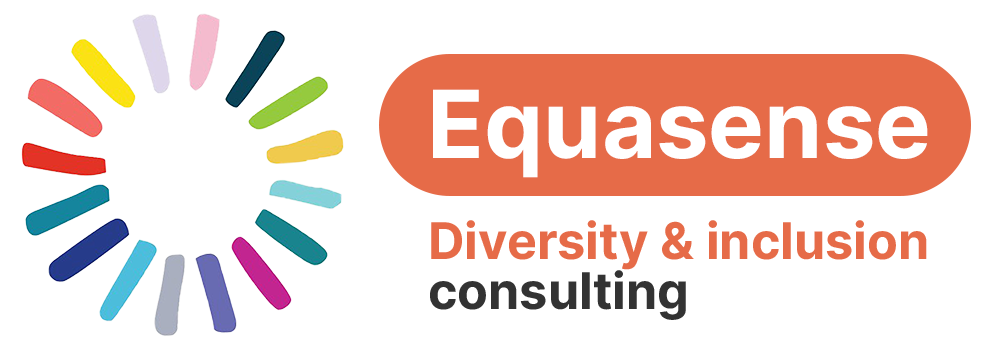(The Theme of International Women’s Day 2021 is #ChooseToChallenge. I am aware that being white, financially secure and having a strong support network affords me the privilege to challenge where it may not be safe for others to do so)
Whilst rummaging through some slides preparing a talk about women in meteorology, I came across an invited talk I put together for an World Meteorological Organisation Aeronautical Meteorology meeting in 2018 on the topic of how to retain a diverse workforce, and with it this picture of a leaky bucket.
Science and Engineering have what is known as a “leaky pipeline” for women. Even when women are drawn into science and engineering degrees, and if they decide to continue into the STEM workforce, the representation of women starts to fall as you move through the hierarchy of most science and engineering organisations.
To change this, requires practices and processes of all sorts (and NOT JUST RECRUITMENT) to be overhauled – in some cases meeting considerable resistance to changing the status quo.
I made this image to emphasise that whilst making more inclusive recruitment practices can help ensure a flow into the organisation of initially under-represented groups, some of the investment will be wasted if we don’t attend to the holes in the bucket or pipe. The holes represent components of culture, value and behaviours that add up to make the difference between a workplace that is welcoming to initially under-represented groups and grows increasingly diverse over time, and one that is not, where an initially diverse cohort becomes less diverse over time and through the hierarchy.
The holes in this particular bucket were labelled in the context of women in STEM, but are widely applicable:
- Bullying and harassment – especially damaging where over bullying exists and is not dealt with visible. Presenteeism can be a form of bullying in this case and this often affects those with caring responsibilities.
- Micro-aggressions, and more overtly offensive and discriminatory language (“banter”)– our attention is most often drawn to micro-aggressions experienced by people of colour, but women, people who work part-time and members of the LGBT+ community can also be targets. Over time, micro-aggressions build a toxic environment.
- Reward and recognition – this includes equal pay, gender pay gaps and bonuses. It also includes non-monetary reward and recognition such as staff award schemes, attributing success to the people who are actually responsible, building promotion and progression schemes that recognise a range of skills and competencies, as well as the very different barriers and opportunities affecting different people
- Lack of transparent and fair access to development opportunities – this includes networks derived from attending certain schools or universities, assumptions made about what people want to do or are capable of based on limited stereotypes, complex and multi-stage processes for accessing training and mentoring.
- Lack of flexible working and work-life balance or blend – this one is interesting in the context of the recent pandemic and a discussion needs to be had that recognises that flexible working is not the same as agile working and is not the same as having a healthy work-life balance or blend. Many people have been working from home (agile working) but inflexibly (having to keep to same hours and routines every day). Others have found that flexible and agile working means they are effectively working all the time to the detriment of their mental health. Many welcome the ability to work in different locations (less commute) and at different times (around other commitments or just what works best for them). But certainly an organisation that does not have discussions around practice and culture of flexible working and does not creatively offer part-time or job share roles is likely to have a bigger “hole” in this area.
- Lack of role models “like me” – there is the saying “you can’t be what you can’t see”. Now I am not sure I totally believe that, but it definitely helps to feel like you belong when you see other people that you can relate to in some way or other. This is why celebrating women in science is still important – so long as that’s not the only thing we do!
So where to start plugging the holes? This will need quantitative and qualitative data. That is, you will need to look at numbers of women (for example) at each level in the hierarchy and at each stage in the key processes (recruitment, promotion, retention), and understand how different people experience your workplace – via some kind of listening process (survey, focus groups). Use this data to ask questions such as:
- Is it imbalance in applications (produced by bias in e.g. education system or limited advertising)?
- Is it imbalance in appointment – bias in recruitment processes?
- Is it imbalance in promotions and progression – lack of transparency or bias in process?
- Is it imbalance in retention / leaving (due to culture or reward?)
Unfortunately, whilst these questions are probably applicable to most industries and organisations, the solutions will need to be more tailored to your organisation. Some of them may be only to some extent under the control of the organisation – but the question then is whether you can influence those issues at all (hence the many many projects from industry working to improve understanding of engineering and science throughout schools in order to attract more women and the global majority into these fields).
Which practice or process will you #ChooseToChallenge next?



Recent Comments